Click the blue words
Follow us

High Signal-to-Noise Ratio Acoustic Emission Sensors and Their Application in Monitoring Reinforced Concrete Corrosion
First
Design Overview
With the continuous implementation of major strategies such as China’s “South-to-North Water Diversion” and the “Belt and Road Initiative”, large concrete structures like bridges and tunnels are emerging. However, throughout their long service life, these structures inevitably face various types of structural damage, particularly due to the corrosion of reinforcing steel, which poses a direct threat to the safety of people’s lives and property. Therefore, improving the accuracy of health monitoring for large concrete structures is a key technical guarantee for promoting economic development and supporting the sustainable advancement of major strategies.
Currently, traditional methods for monitoring concrete damage mainly rely on changes in the internal impedance of concrete to indirectly assess the corrosion status of the internal reinforcing steel. However, this method is greatly affected by environmental factors and can only monitor the corrosion of reinforcing steel, failing to meet the goal of real-time, dynamic evaluation of concrete structural damage. Acoustic emission technology can passively, continuously capture damage information of materials in real-time, compensating for the shortcomings of traditional monitoring methods. However, reinforced concrete is a complex multiphase material that hinders the transmission of acoustic waves and presents issues such as impedance mismatch with traditional acoustic emission sensors; meanwhile, the corrosion of reinforcing steel generates weak signals similar to “white noise”, making it extremely difficult for traditional acoustic emission sensors to identify effective signals. Based on this, Guo Rui from Jinan University developed a high signal-to-noise ratio cement-based acoustic emission sensor that is strongly compatible with concrete. To evaluate its monitoring capability, the input-output relationship of the sensor was established, and both dynamic and static characteristics of the acoustic emission sensor were calibrated through testing, ensuring the reliability of the sensor in conjunction with laser vibrometry and traditional calibration systems. The high signal-to-noise ratio cement-based acoustic emission sensor was embedded in the concrete as coarse aggregate, revealing the acoustic emission mechanism of reinforced concrete corrosion, eliminating signal distortion caused by transmission paths, capturing more weak corrosion signals, and enhancing the monitoring capability for reinforced concrete corrosion. A concept of low high-frequency ratio was proposed, achieving a quantitative assessment of the corrosion degree of reinforced concrete. Finally, the high signal-to-noise ratio cement-based acoustic emission sensor was integrated with collection and transmission modules and applied to actual engineering, providing new technical means for damage warning in large projects.
Second
Design Presentation
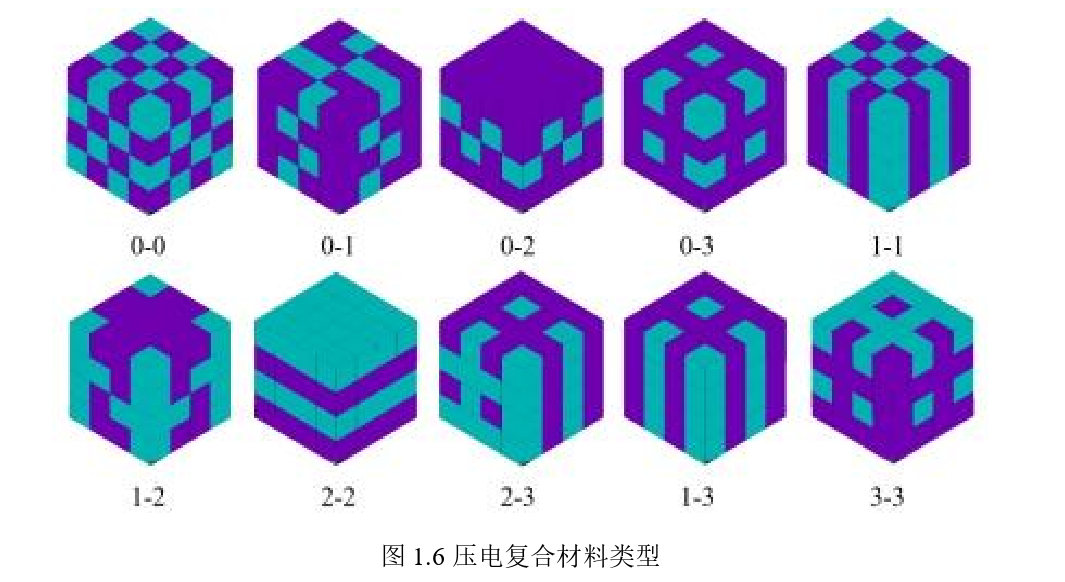
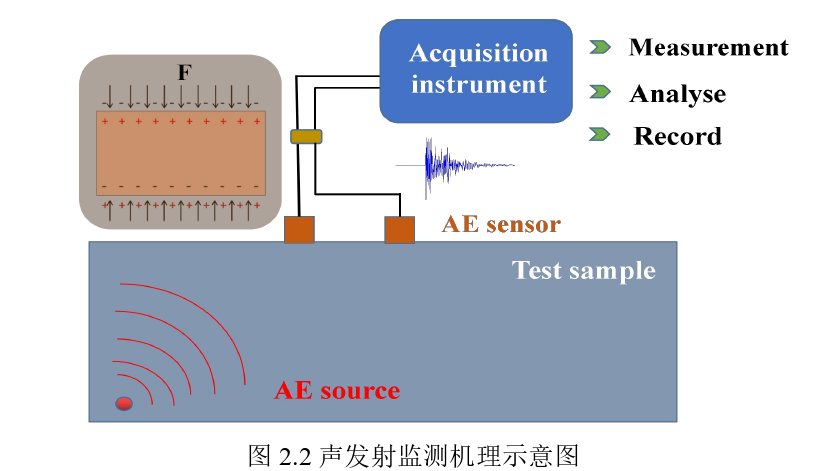
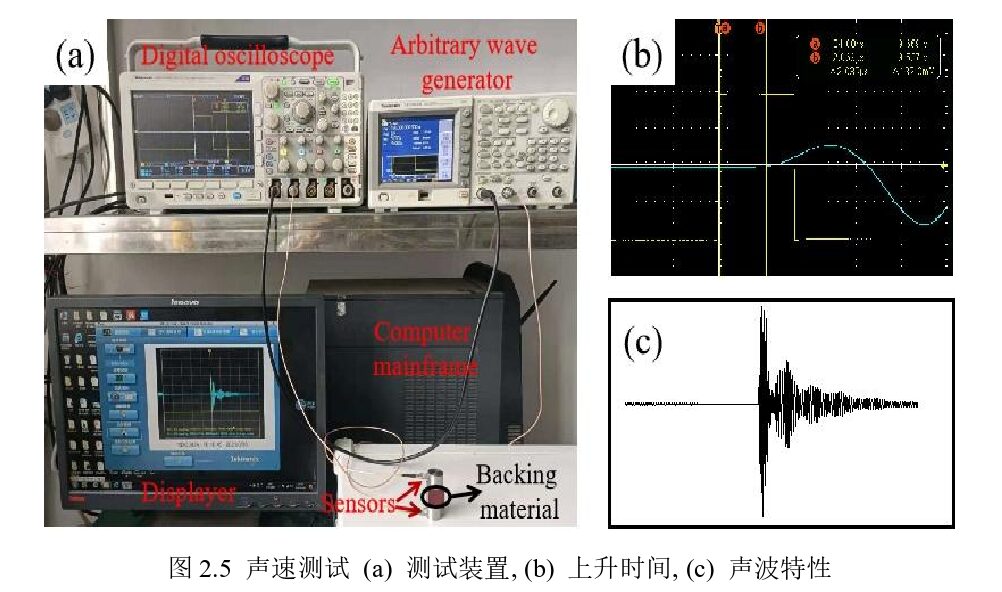
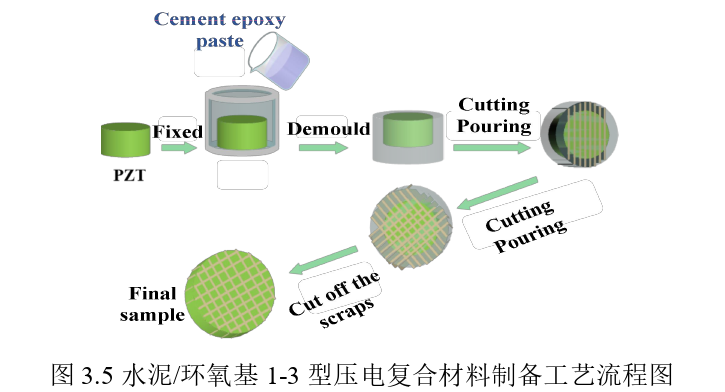
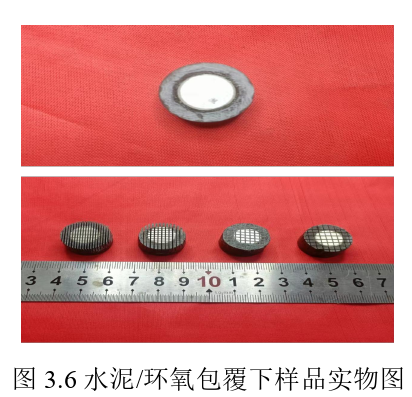
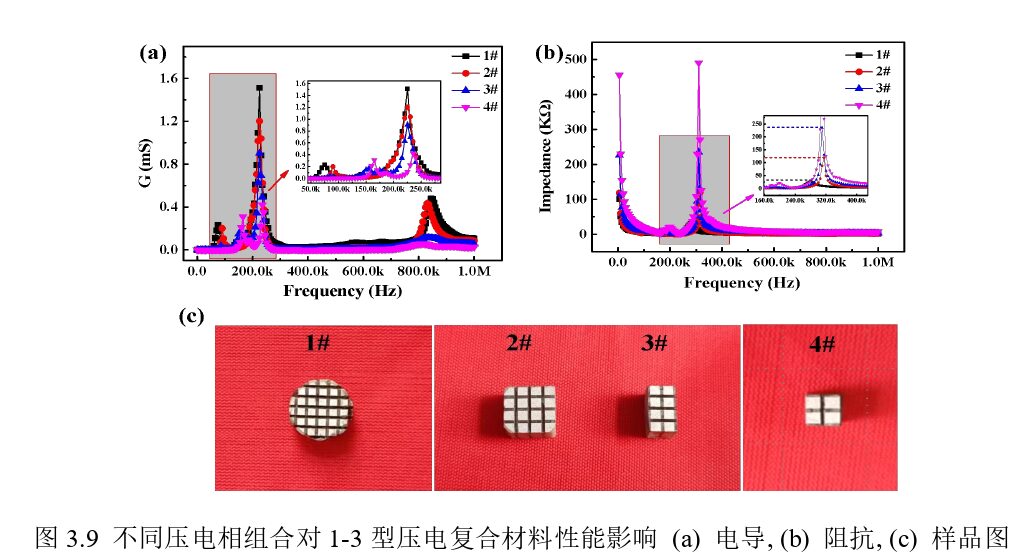
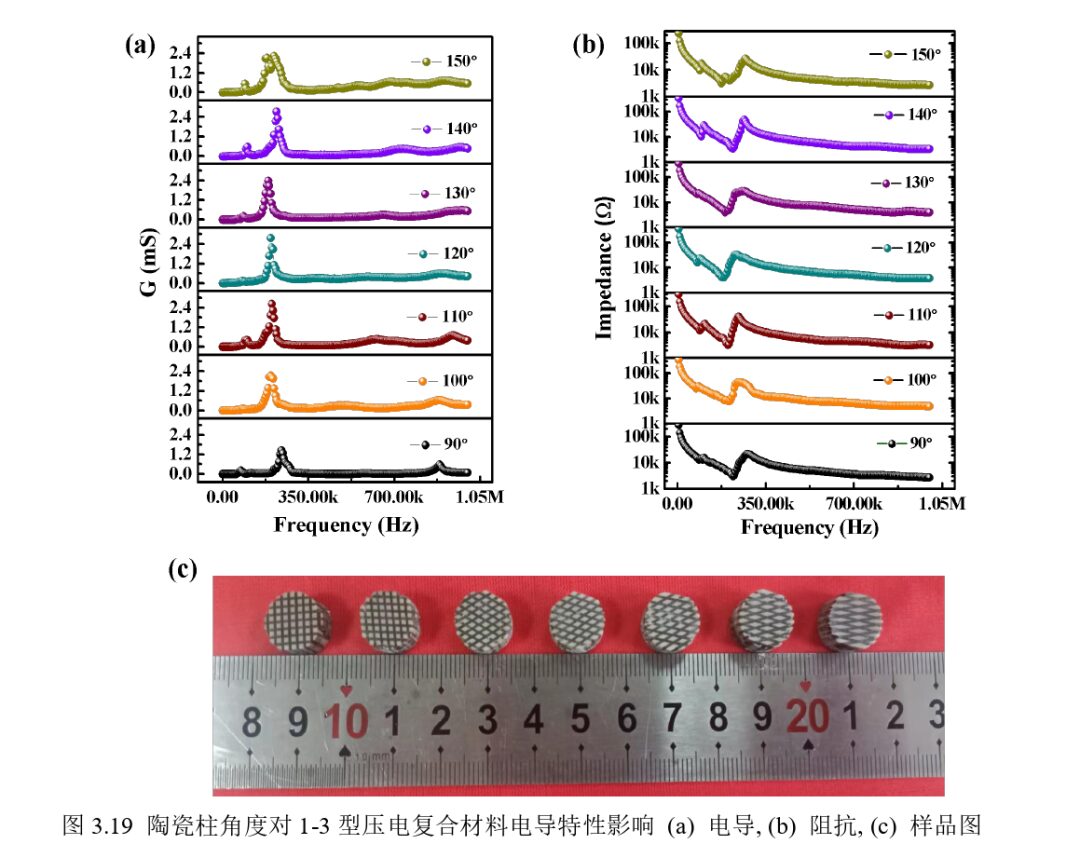
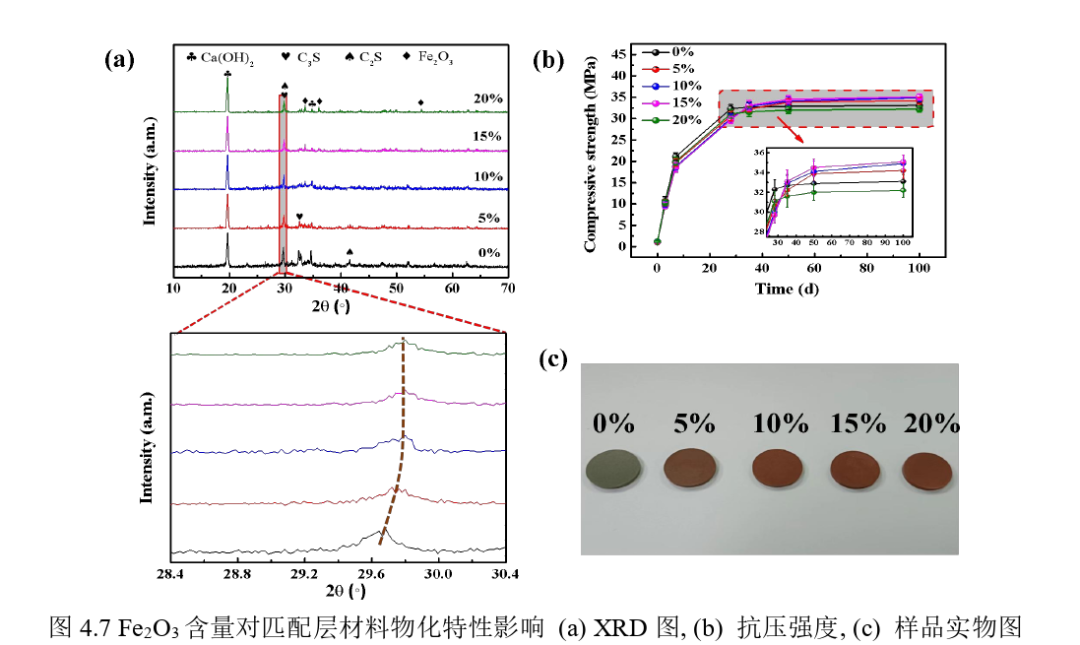
References:
[1] Guo Rui. Research on High Signal-to-Noise Ratio Acoustic Emission Sensors and Their Application in Monitoring Reinforced Concrete Corrosion [D]. Jinan University, 2024.
Disclaimer: All images and text used in this article are reprinted. If there are copyright issues, please inform us immediately, and we will confirm and delete the content based on the proof materials you provide. The content of this article reflects the author’s personal views and does not represent the views or positions of the Ultrasonic Intelligent Measurement Island.
Special Reminder: To strengthen scientific research innovation and various services, we have opened a professional communication QQ group for ultrasonic scientific and technological cooperation. QQ Group 115997706. We provide free services to companies and research institutions, including: 1. Company introduction; 2. Recruitment; 3. Product promotion; 4. Technical communication, etc. Friends interested can contact us via QQ group or public account. Please note your name, organization, and research direction when joining the group (without a note, entry will be denied), and you will be invited to join after verification by the editor.
END